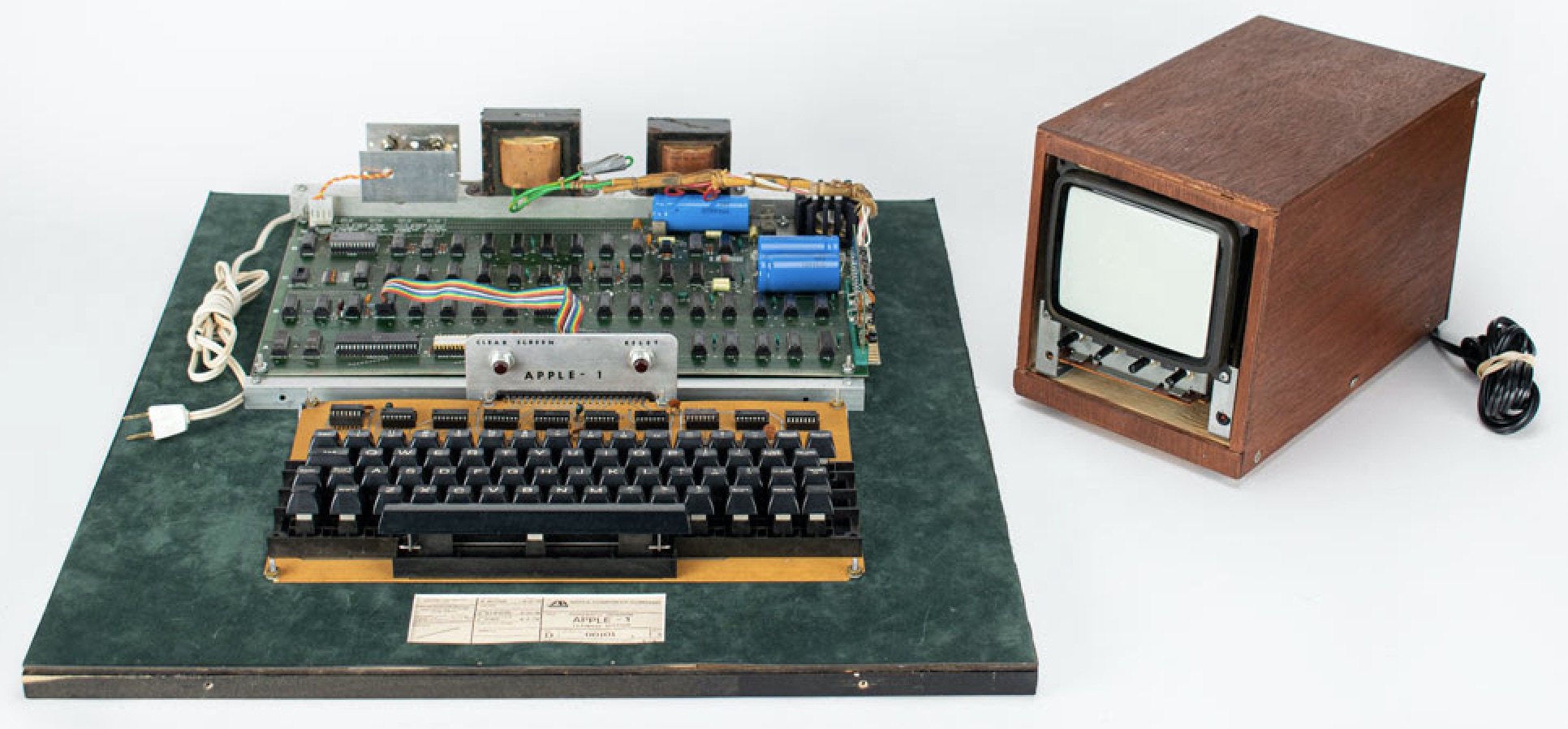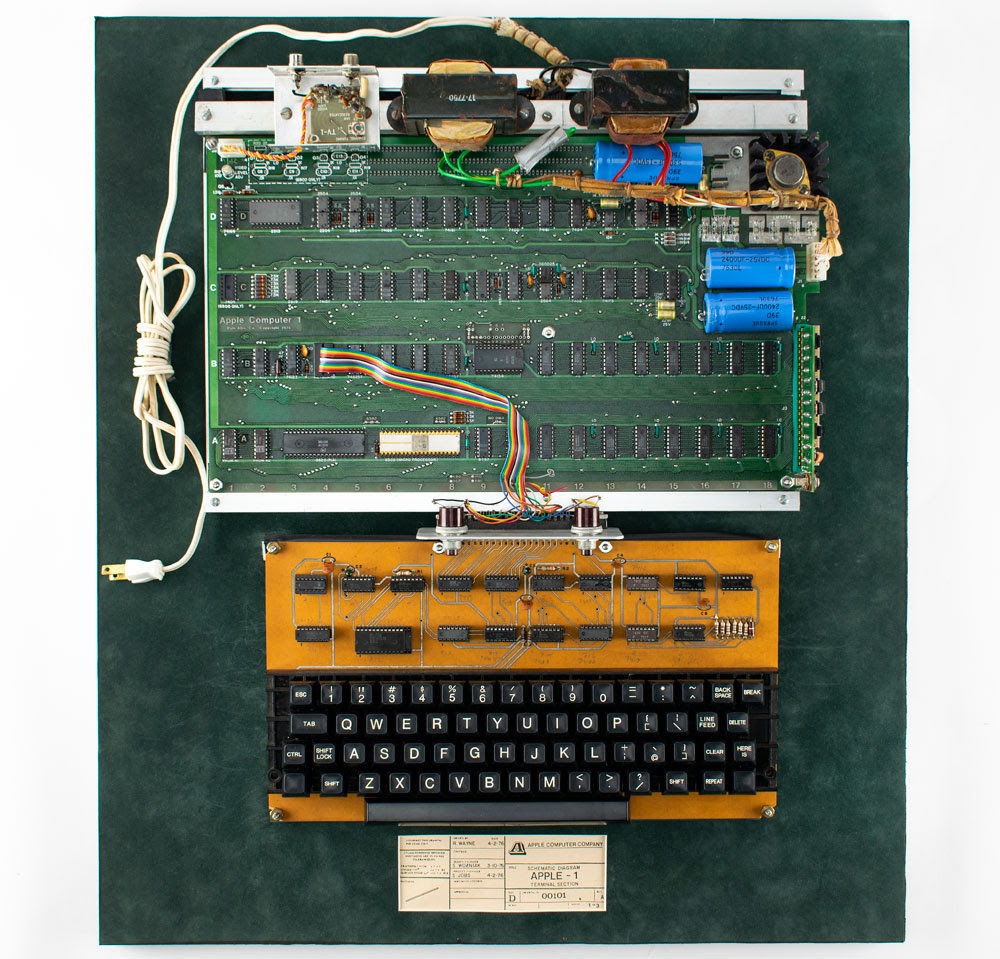
A rare fully functional Apple-1 computer has sold for $458,711 at auction this week, according to Boston-based RR Auction.
RR Auction says the computer was acquired by Michigan computer store SoftWarehouse in the 1980s as part of a trade for a newer IBM machine. It was subsequently displayed in the store in a custom-made museum style case, before being placed into storage. The computer was restored to its original, operational state in June 2019 by "Apple-1 expert" Corey Cohen, who evaluated the current condition of the unit as 8/10.

"The Apple-1 is not only a marvel of early computing ingenuity but the product that launched what is today one of the most valuable and successful companies in the world," said Bobby Livingston, Executive VP at RR Auction, adding that early Apple products continue to attract interest from passionate fans of the company worldwide.
The computer was sold with all components and accessories required for operation and proved to be fully functional for around eight hours in a comprehensive test.

It is believed that Apple co-founder Steve Wozniak built 200 of the Apple-1 computers and sold 175 of them, making it a rare collector's item. The computer was originally conceived as a bare circuit board to be sold as a kit and completed by electronics hobbyists, but Steve Jobs later sold 50 fully assembled units of the computer to The Byte Shop in California.
Another fully functional Apple-1 computer sold for $905,000 back in 2014.
Article Link: Rare Fully Functional Apple-1 Computer Fetches Over $450,000 at Auction

